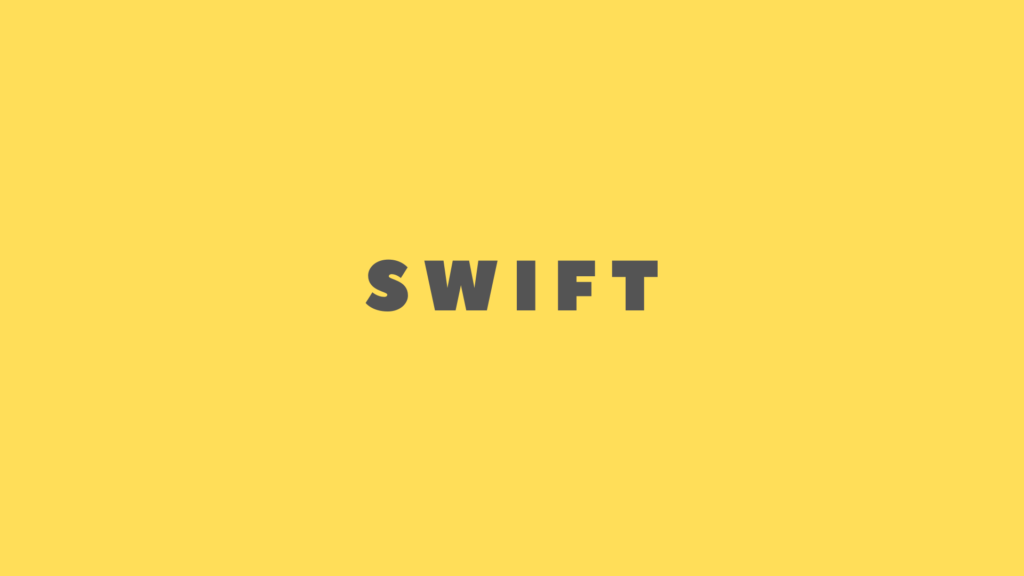10 Swift MCQ Questions and Answers
Swift is a powerful programming language developed by Apple, designed for building apps across iOS, macOS, and more. Whether you’re preparing for a coding interview, brushing up your skills, or learning Swift for the first time, these multiple-choice questions (MCQs) can give you a solid foundation.
1. What is the primary purpose of Swift language?
A) To develop desktop applications
B) To write web-based apps
C) To develop iOS and macOS applications
D) To write assembly-level programs
Answer: C) To develop iOS and macOS applications
Swift is primarily used to build apps for Apple’s platforms such as iOS, macOS, watchOS, and tvOS.
2. Which of the following is a valid way to declare a constant in Swift?
A) let x = 10
B) constant x = 10
C) var x = 10
D) const x = 10
Answer: A) let x = 10
In Swift, let is used to declare a constant, which means its value cannot be changed after it’s set.
3. What does ! mean in Swift?
A) It is used to indicate forced unwrapping of an optional
B) It is used to declare a constant
C) It is used to mark a variable as optional
D) It is used for comments
Answer: A) It is used to indicate forced unwrapping of an optional
In Swift, ! forces an optional to be unwrapped, assuming that the value is not nil.
4. How do you define a function in Swift?
A) func myFunction() {}
B) function myFunction() {}
C) def myFunction() {}
D) fn myFunction() {}
*Answer: A) func myFunction() {}** *Swift uses the func` keyword to define a function.
5. Which keyword is used to declare a variable in Swift?
A) var
B) let
C) const
D) int
Answer: A) var
In Swift, var is used to declare a variable whose value can be changed.
6. What is an optional in Swift?
A) A variable that can store a value or nil
B) A type of loop
C) A feature to handle strings
D) A way to declare constants
Answer: A) A variable that can store a value or nil
Optionals in Swift allow variables to either have a value or be nil, ensuring safer handling of potential null references.
7. How do you safely unwrap an optional in Swift?
A) if let
B) try
C) guard let
D) Both A and C
Answer: D) Both A and C
You can safely unwrap optionals in Swift using if let or guard let, which safely checks whether the optional contains a value.
8. What is the purpose of the guard statement in Swift?
A) To catch errors
B) To safely unwrap optionals
C) To create loops
D) To declare constants
Answer: B) To safely unwrap optionals
The guard statement is used to check if certain conditions are met or to safely unwrap optionals. It helps in early exits from functions.
9. Which collection type in Swift does not allow duplicate values?
A) Array
B) Dictionary
C) Set
D) Tuple
Answer: C) Set
The Set collection type in Swift ensures that all elements are unique, meaning no duplicates are allowed.
10. What is the difference between == and === in Swift?
A) == checks reference equality, and === checks value equality
B) == checks value equality, and === checks reference equality
C) Both are the same
D) Neither is used in Swift
Answer: B) == checks value equality, and === checks reference equality
In Swift, == is used for value comparison, while === is used to check if two instances refer to the same object.
Try an interactive quiz on this page : SWIFT Programming Questions MCQ
Conclusion
These 10 multiple-choice questions cover some of the foundational aspects of Swift programming. From understanding optionals to safely unwrapping them, and knowing the syntax of functions, variables, and constants, these questions are a good starting point for any developer learning Swift. Keep practicing and building on this knowledge to master Swift and enhance your coding skills!
